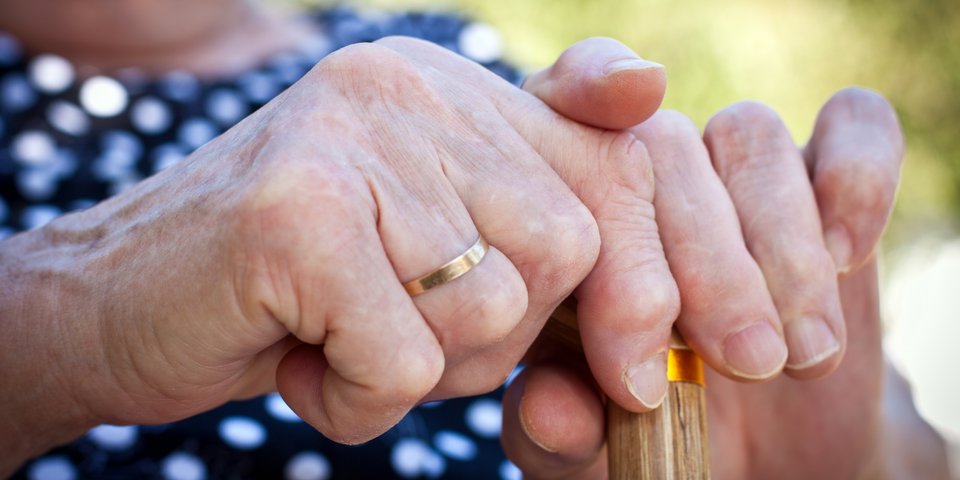 iStockphoto/kajakiki
iStockphoto/kajakiki2022 - Year of Care
Care is a pan-European challenge, regardless of the division of competences between the European Union and the Member States.
UM – 10/2021
At the beginning of this year, the European
Commission published its Green Paper on Ageing and launched a broad social
debate on the challenges and opportunities of ageing as part of a consultation
process. This process is expected to result in a comprehensive care strategy
next year. It is also necessary.
Europe is getting older
All societies in Europe are ageing. And as
life expectancy increases, so does the number of those who suffer from
limitations and require care. An estimated 38.1 million people in need of care
will live in the European Union (EU) in 2050. In 2019, it was still about 30
million.
Personnel bottlenecks are programmed
More
people in need of care will meet fewer people who can care for them. 90 percent
of carers are female, and a third of them are already over 65 years old. The
problem is exacerbated as women, who today often provide informal care, enter
the labour markets. Therefore, most Member States anticipate worsening staff
shortages
It is both a blessing and a curse
The demands on personnel are increasing as
a matter of course. Care is becoming increasingly complex and requires more
knowledge, also in digital and technical terms. This makes the profession more
attractive, but at the same time it is more difficult to find suitably
qualified staff. However, a June 2021 report by the Social Protection Committee
(SPC) and the Directorate General for Labour and Social Affairs (DG EMPL) (see here) makes clear that the problem is more complex.
According to the authors, targeted, systematic efforts must be made to meet
these challenges.
Women dominate healthcare ...
Not only do women perform the lion's share
of caring work, they also accept personal disadvantages in return: part-time
work, lower incomes, low pension entitlements. This is because care is often provided
informally – at home or far from home and often in a legally grey area. The
share of informal care is high and usually higher than Member States'
expenditure on care. It is estimated to account for 2.4 to 2.7 per cent of the
gross domestic product of the EU as a whole.
Healthcare is also a social challenge
In addition, older women are significantly
more likely to be dependent on care than men (33 percent to 19 percent).
Conversely, they are less able to afford the care they need. Carers and persons
in need of care are mostly female, and under the given conditions this is a
social problem.
Professional care is too expensive for many
In addition, there is simply a lack of care
services. The large share of informal care goes hand in hand with a considerable
variation in the number of inpatient care beds across the EU. Professional
outpatient care structures do not exist in some countries. If they exist, the
care is often too expensive for those who need it. Across the EU, more than a
third of households in need of care report lack of affordability. And even in
wealthy countries with well-developed social security systems, the
solidarity-based promise of long-term care benefits does not as a rule include
full care.
Data is scarce
The long-term care report provides
highlights. However, reliable and comparable data is needed. This forms the
basis for all political action. Therefore, a first and important task of the
announced care strategy will be to improve the data and information basis.
There is room for improvement here.
